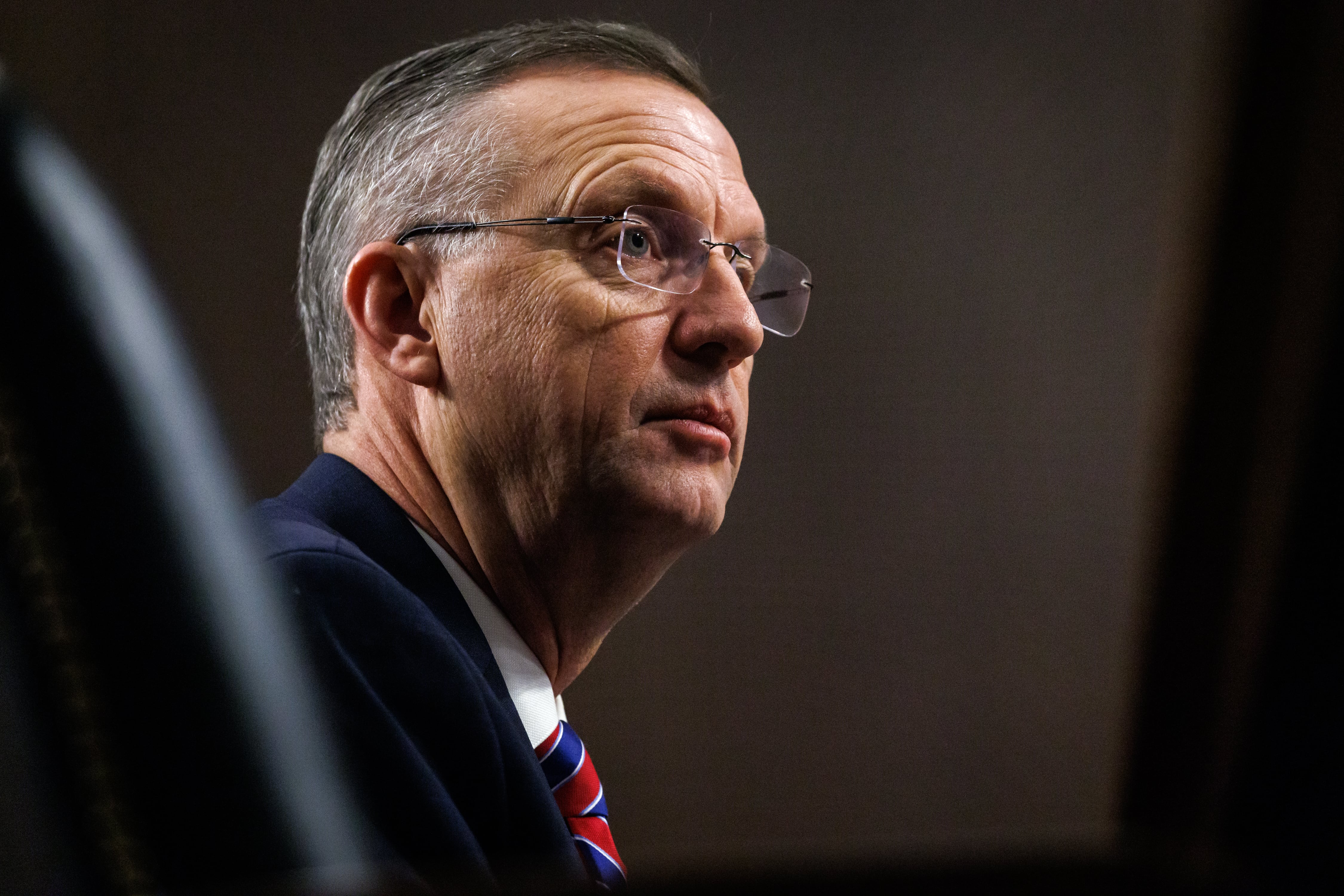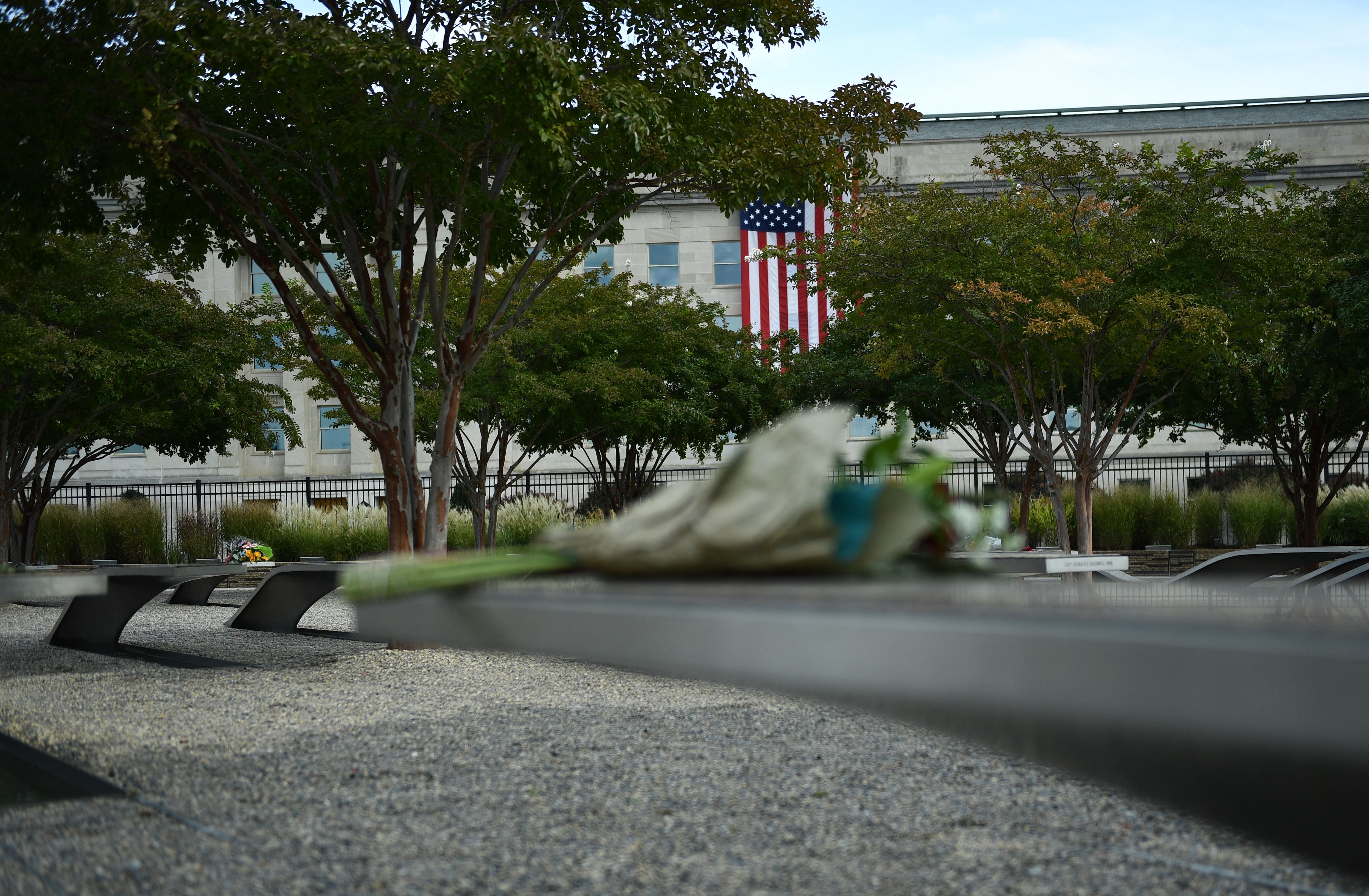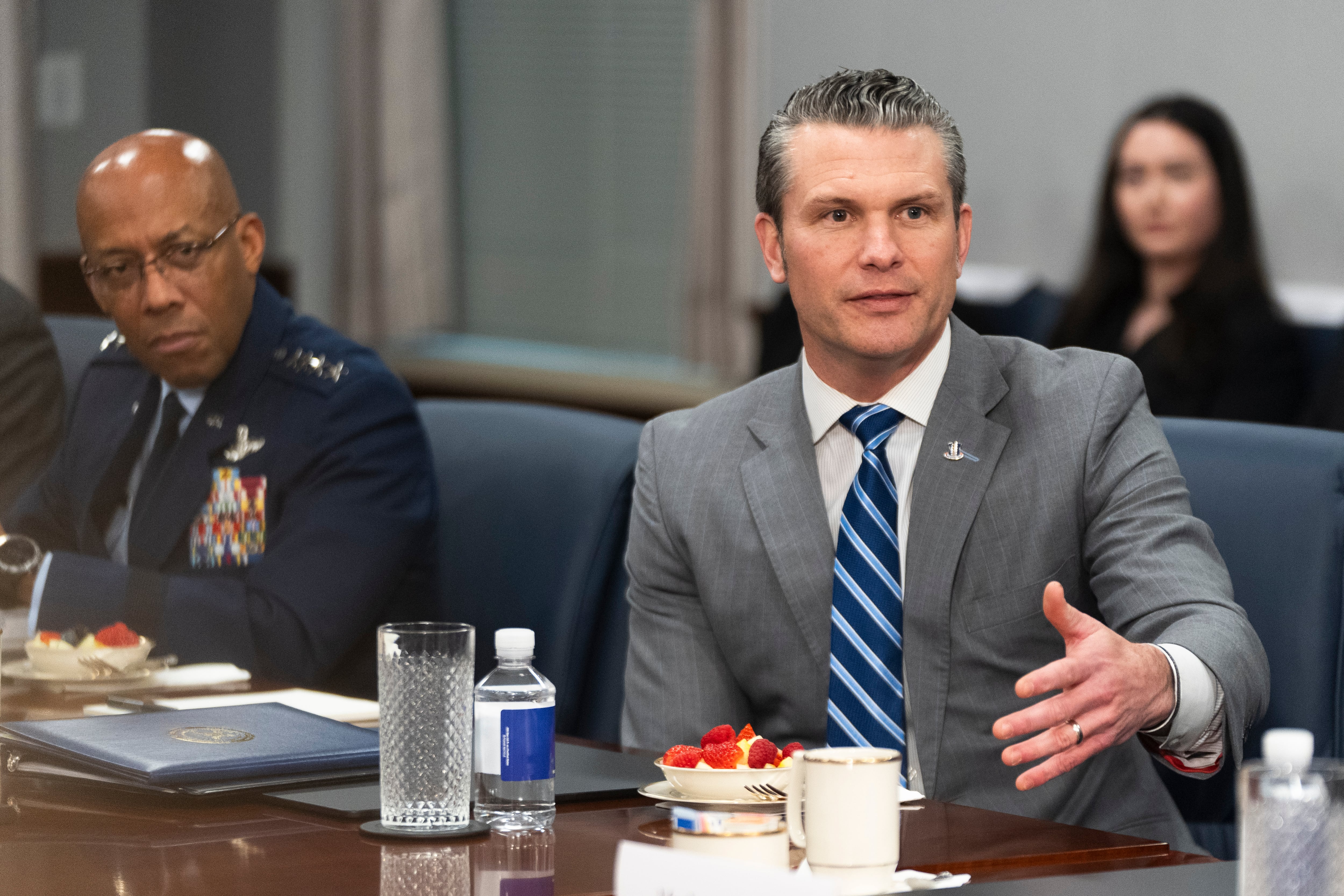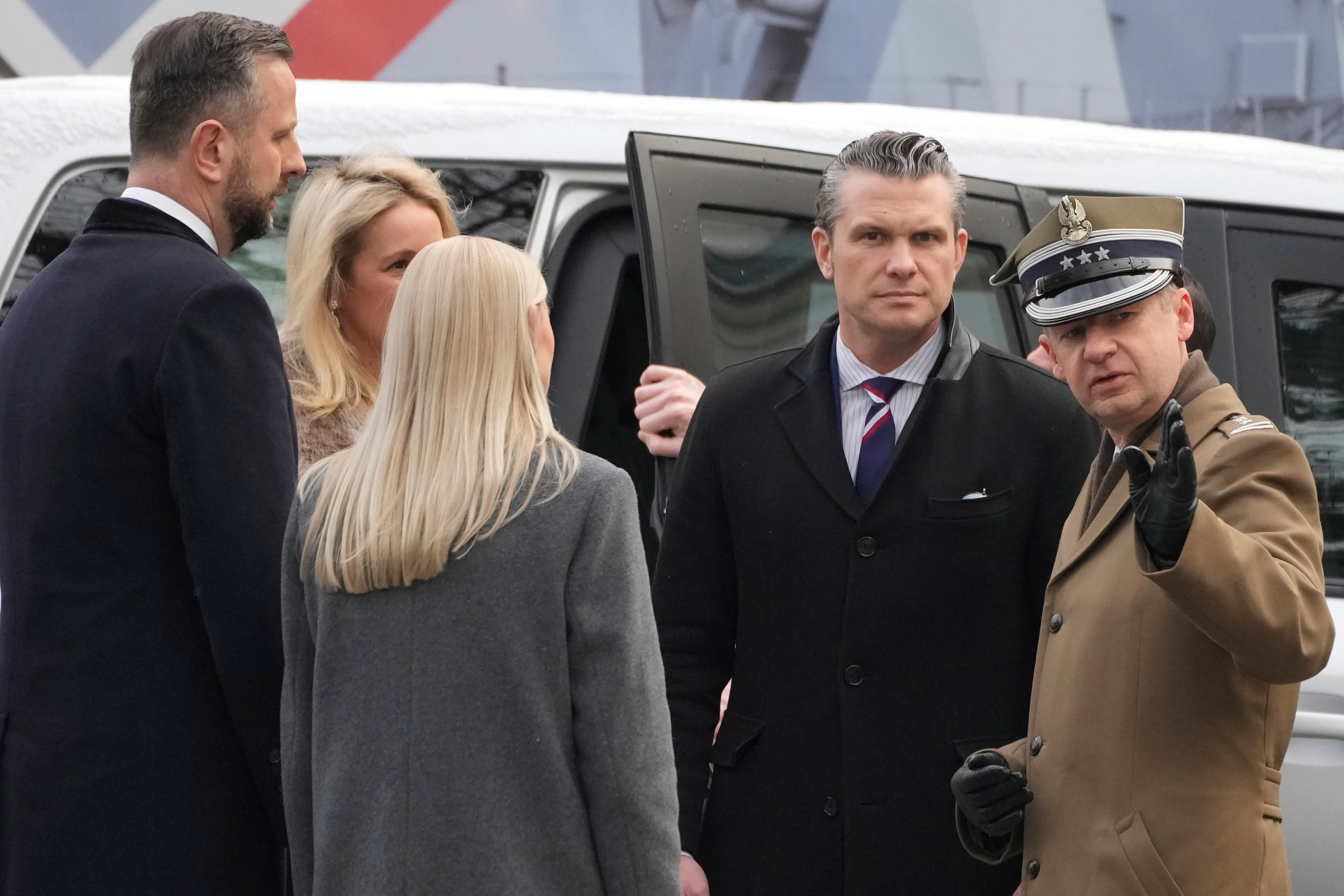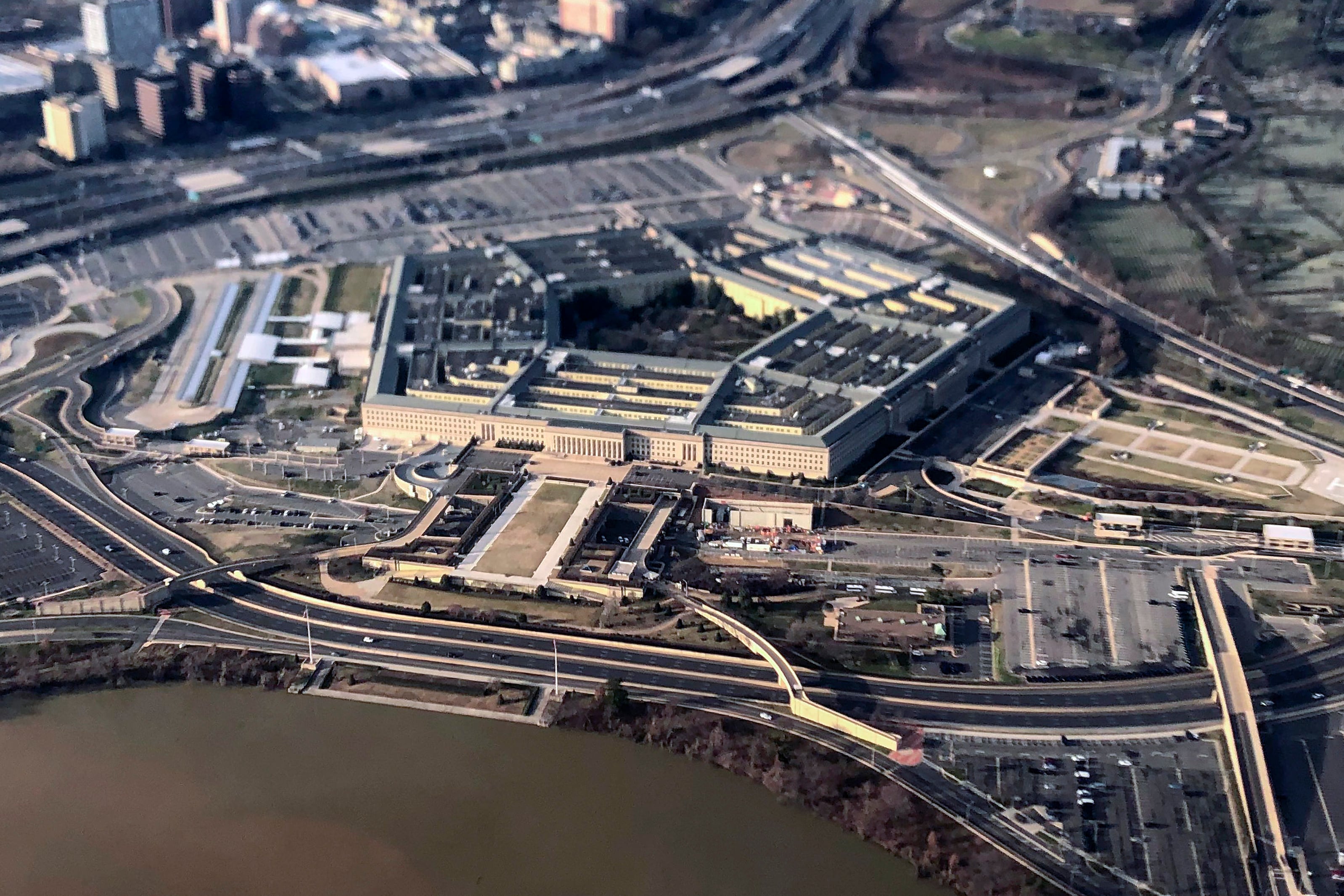Lt. Gen. Joseph Guastella, the head of U.S. Air Forces Central Command, climbed into the cockpit of an F-16 on the flightline at Al Udeid Air Base in Qatar Nov. 4 to take his old ride for a spin.
The Fighting Falcons of the famed 555th Fighter Squadron at Aviano Air Base in Italy had just arrived in Qatar for the first time in 15 years.
Officially, the “Triple Nickle” deployed to Al Udeid “to provide war-winning air power and deterrence to the region,” according to an AFCENT news release.
But their arrival sent another message — one likely heard loud and clear in Tehran, about 700 miles away: “Watch your back.”
With Islamic State founder Abu Bakr al-Baghdadi dead and the caliphate he sought to establish smashed, the terrorist group — while not defeated and perhaps capable of regaining strength — is now far less of a concentrated threat than when the group tore across Iraq and Syria in 2014.
Meanwhile, the partial withdrawal of U.S. troops in Syria ordered by President Donald Trump, and the Turkish incursion into the northern part of the country, means the Air Force is a lot less active in that area than it once was. Aside from the late October raid that took out Baghdadi, coalition forces have not conducted any airstrikes against ISIS targets in Syria since Turkey launched operations there Oct. 9.
All of this is a sign that after five years of hard fighting to beat back ISIS, the Air Force is transitioning to a new role in the Middle East. The fight against terrorists likely will increasingly rely on unmanned aircraft such as the MQ-9 Reaper to conduct both intelligence, surveillance and reconnaissance missions as well as airstrikes, when necessary. But fighters and bombers will continue to deploy to the region to keep Iran in check.
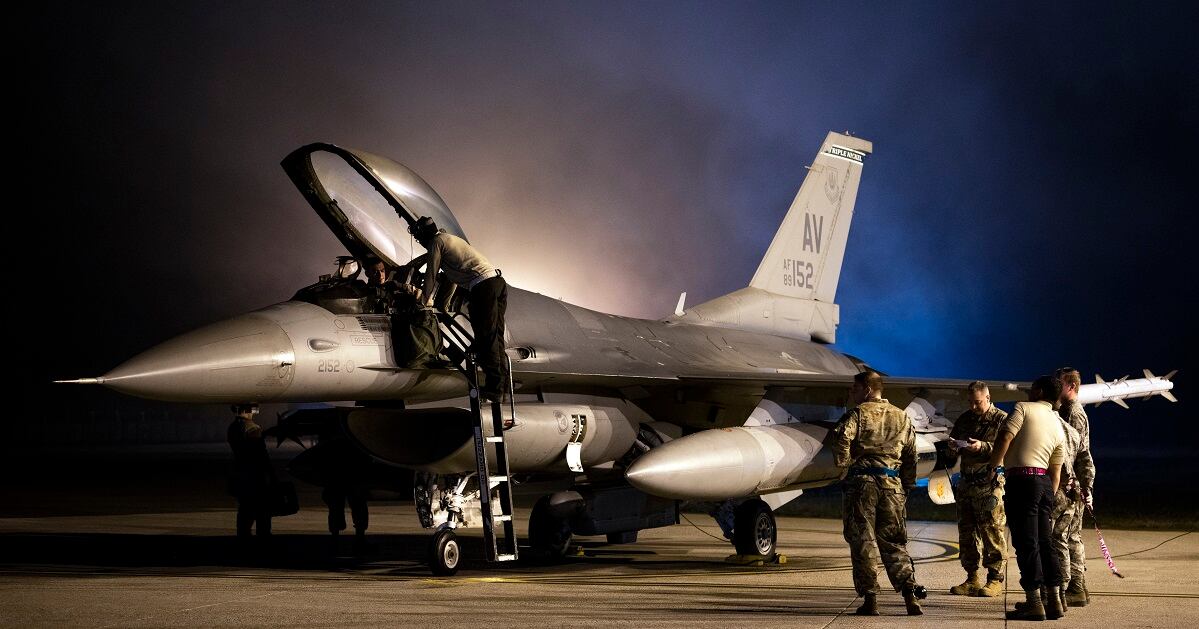
“The Air Force has been burning itself up by deploying manned assets over there,” said John Venable, a defense policy expert at the Heritage Foundation who flew F-16s during his 25-year career in the Air Force, in a Nov. 18 interview.
“These are side benefits to the president’s policy on, in large measure, leaving the region.”
Former Air Force Secretary Deborah Lee James agrees that a shift to more use of unmanned assets is quite possible in the next phase of the war.
‘Mowing the lawn’
While ISIS was the Air Force’s primary focus for the last five years, James said, they’re not the only group that needs to be watched — and attacked when necessary. Terrorist offshoots in western Africa have led the Air Force to open a new base in Niger, hoping to keep them from establishing a foothold the way al-Qaida did in the 1990s.
RELATED
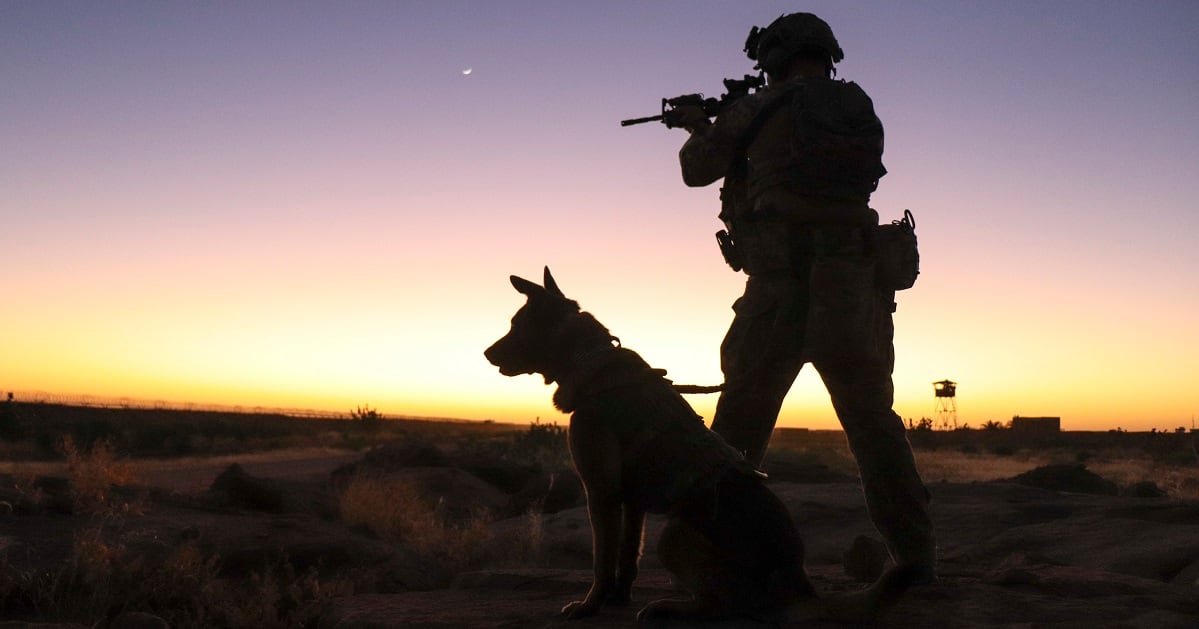
There are concerns about a resurgence of groups like ISIS in Iraq. And Defense Secretary Mark Esper on Nov. 13 told reporters that recent airstrikes in Libya targeting small bands of ISIS fighters are necessary to “mow the lawn” and keep such groups from growing and becoming more of a threat.
“Just because the caliphate, or the land that ISIS once possessed has flipped to the other side and they no longer control that territory, they haven’t gone away,” James said in a Nov. 19 interview. “Given the unstable situation in the Middle East, and the resurgence of terror pockets here and there, I think ISR [and airstrikes, as targets become known] is going to continue to be very important, and that’s bread and butter for the U.S. Air Force.”
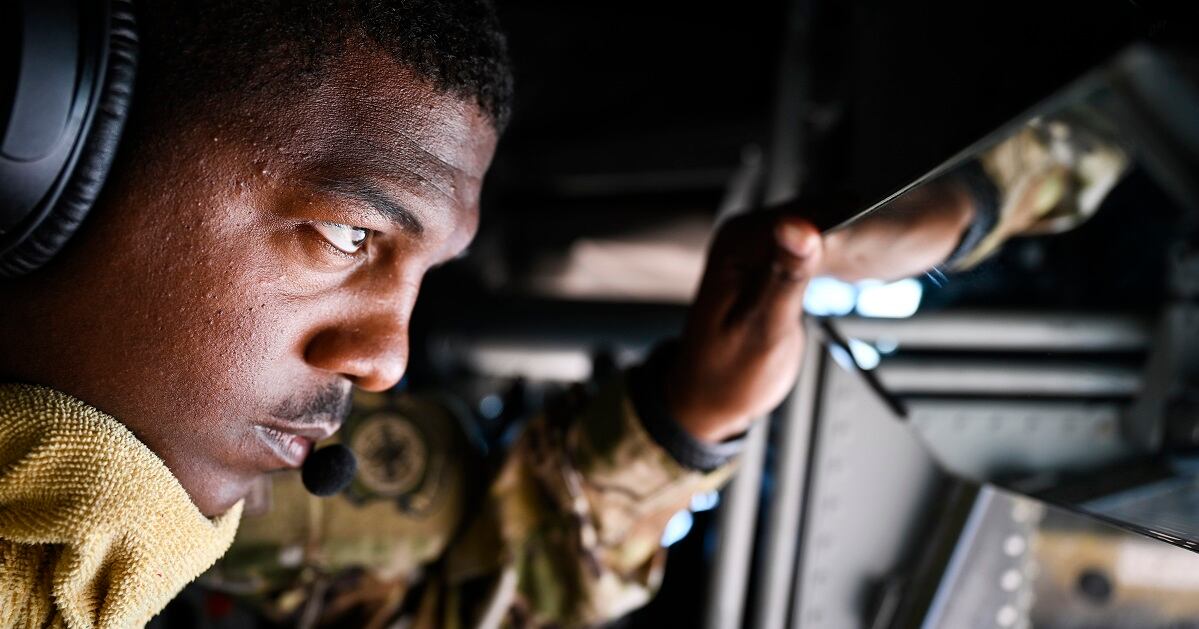
On Nov. 22, coalition forces conducted a clearance mission in eastern Syria that left several ISIS members dead and more than a dozen captured, marking what U.S. Central Command called a resumption of large-scale operations to fight ISIS in Syria. Marine Gen. Kenneth McKenzie, commander of CENTCOM, said no end date is foreseen for pulling U.S. troops out of Syria, and predicted the pace of operations will pick back up in the coming weeks.
In written responses to questions, CENTCOM spokeswoman Army Maj. Beth Riordan said AFCENT’s role remains unchanged and Air Force aircraft will continue to conduct combat air patrols and provide ISR to support forces on the ground. Riordan said CENTCOM has a constant rotation of all combat, ISR and mobility aircraft across the region.
“Coalition air power is essential for our troops in Iraq and Syria,” Riordan said. “We remain in northeast Syria to continue the fight against ISIS, including by denying ISIS access to critical resources. We conduct reconnaissance, surveillance and precision air strikes to protect our troops and destroy ISIS remnants. Since 2014, we’ve conducted more than 34,000 airstrikes.”
But even before the Turkish incursion, airstrikes in Syria had been on the decline, with ISIS mostly relegated to the desert and sparsely populated ungoverned spaces there. According to the last emailed strike report from Operation Inherent Resolve, the U.S. only conducted two airstrikes against ISIS targets in Syria in August, targeting six tactical units.
But a strategy leaning more heavily on drones would give the Air Force an “almost constant presence” to track the movement and activities of malign groups such as ISIS, with far less of a footprint than manned assets, Venable said. And this would give the Air Force’s manned fleet some relief.
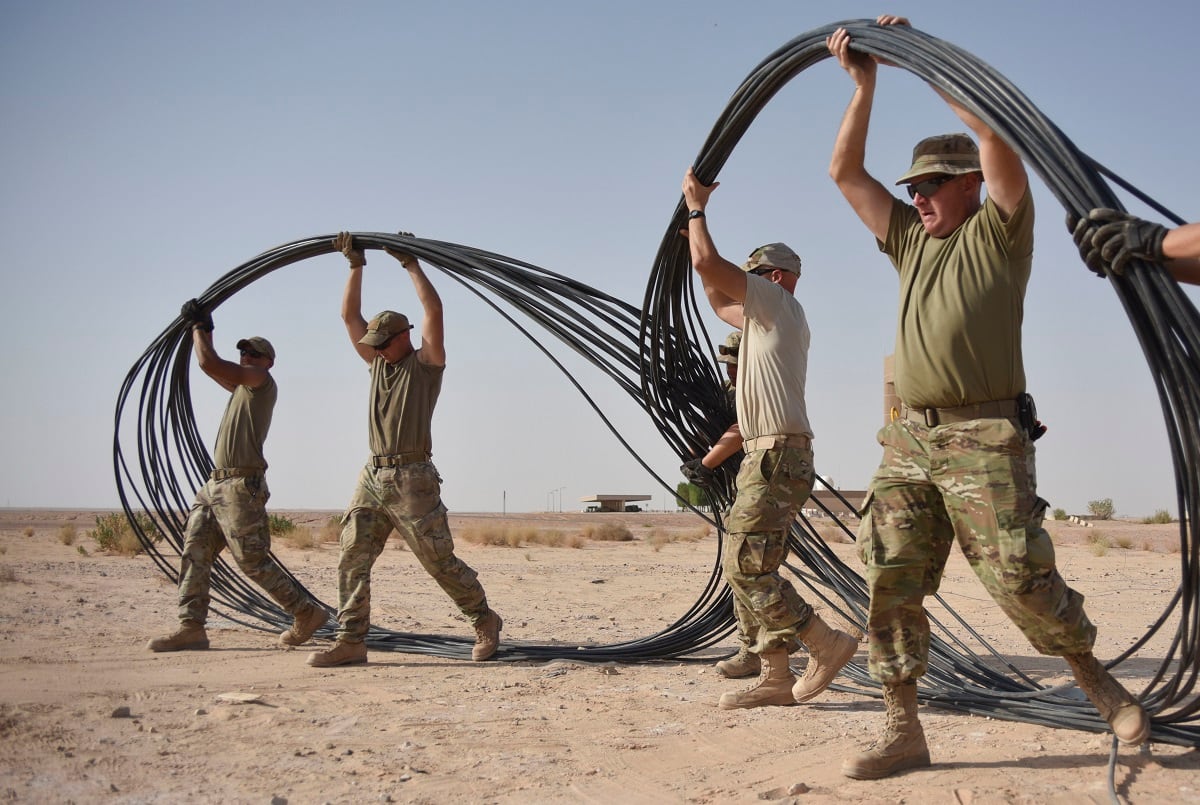
“What we’re doing in the Gulf now is maintenance,” Venable said. “And the maintenance stuff would be appropriately done by enduring ISR assets, drones, overhead. … It gives us the ability to keep our fingers on the pulse of a region. If we need to strike, we can.”
Drones such as the Reaper require much less of a footprint than other types of aircraft, since much of their piloting is done out of stateside installations such as Creech Air Force Base in Nevada. As a result, Venable said, they can be — and are — flown out of multiple bases across Iraq and Kuwait, which helps give them greater reach and more time to loiter over areas of interest.
“The further into Iraq you get, the better duration you have over the top of a target area, and the shorter your legs to drive to get there,” Venable said. “You would be surprised at how many locations we’re operating [drones] out of.”
Karl Mueller, a senior political scientist at the Rand Corp. who specializes in military and national security, said the main concern now is less about ISIS reconstituting its former caliphate and controlling territory, than what it might do as it shifts more toward acting like a typical non-state terrorist group.
There will continue to be a role for the Air Force there in the long term, Mueller said, especially as U.S. forces remain in Syria and Iraq, but it will look more like a traditional counterterrorism operation, with an emphasis on ISR missions and cooperation with the Iraqi government.
“The presence of U.S. military forces, partly, is sort of precautionary in case somebody does decide to try to re-establish the caliphate; a lot of it is about building security cooperation and partner capacity,” Mueller said. “For the Air Force, a big part of it, presumably, is going to be having a presence to be a protective force, to protect Americans and other partners on the ground from peril that might arise.”
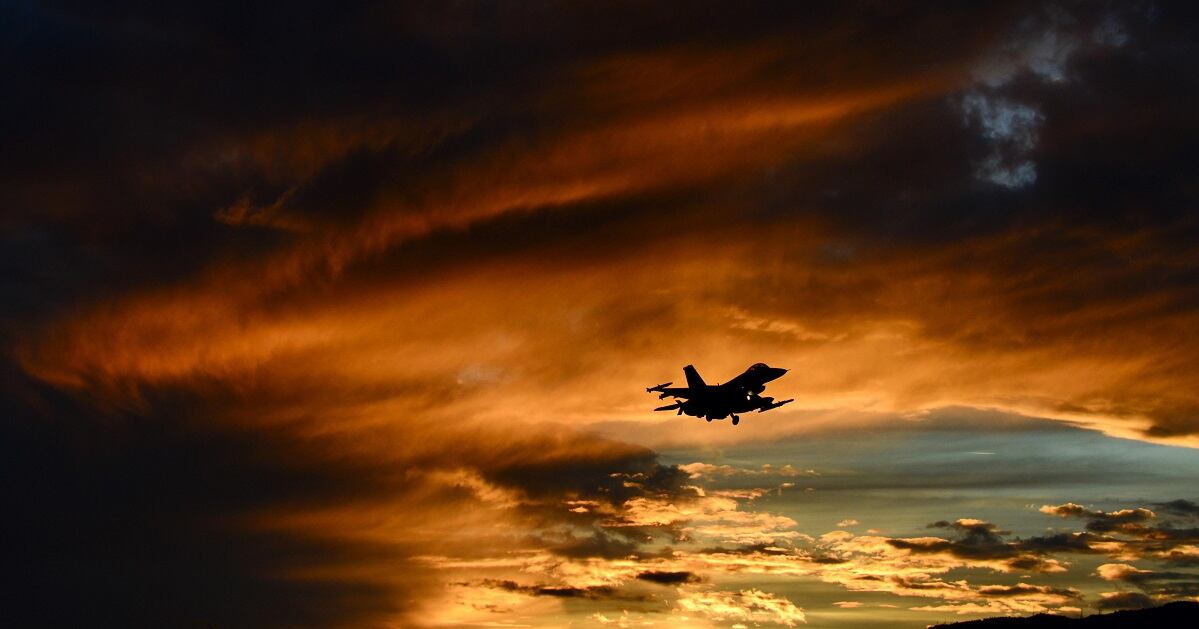
Message to Iran
But that doesn’t mean the Air Force no longer has a need for manned assets in the region — far from it.
AFCENT revealed the deployment of the Triple Nickel Nov. 10. One of the Air Force’s most recognizable squadrons, the 555th dates back to World War II and has been commanded not only by Guastella but also by Chief of Staff Gen. Dave Goldfein.
Although AFCENT did not provide more information on the purpose of its deployment, experts said the command’s reference to the need for airpower and deterrence in the region suggests the 555th will be focused on Iran.
“The biggest concern is Iran in the Middle East,” James said. “So, if there’s a deterrent effect here, it could be targeted at Iran.”
Tensions with Iran in the region have sharply increased, especially this past summer. The U.S. fingered Iran as responsible for the June 13 attack on oil tankers near the Strait of Hormuz, and the U.S. military released video shortly afterward that it said showed Iran’s Revolutionary Guard removing an unexploded limpet mine from a tanker after the attack.
A week later, on June 20, Iran shot down a U.S. Navy RQ-4 Global Hawk surveillance drone. President Trump soon tweeted, “Iran made a very big mistake!” Later that day, Trump was poised to retaliate with a strike against Iran but called off the attack shortly before it was to take place. The next day, he said that though the military was “cocked & loaded,” he chose not to strike after learning 150 people would be killed in the attack.

Iran seized a British-flagged oil tanker in the Strait of Hormuz in July and released it in September. Also, in September, a drone attack on Saudi Arabian oil facilities halved the kingdom’s oil production and spiked crude prices. Yemin’s Iran-backed Houthi rebels claimed responsibility, but the White House said Iran was behind it, and Trump said the U.S. was “locked and loaded” to respond.
In response, the Pentagon has beefed up U.S. troop presence in Saudi Arabia in response to Iranian aggression. In summer, the U.S. sent 500 troops to Prince Sultan Air Base in Saudi Arabia for the first such deployment since it stopped sending troops there after the Iraq invasion.
And in October, the Pentagon announced it would send an air expeditionary wing and two fighter squadrons flying F-15s, new air defense systems including two Patriot batteries and a Terminal High Altitude Area Defense, or THAAD, system to Saudi Arabia. The military also deployed thousands more troops there, bringing the total troop presence up to 3,000.
Having the 555th and its Fighting Falcons at Al Udeid, well within range, lets Tehran know the Air Force is capable of going in there, perhaps to support a stealth strike, Venable said.
In response, Iran will want to maintain a level of elevated readiness, but that will eventually take a toll, not only on the personnel standing watch, but also on its equipment and maintenance.
That “is something that will keep them and their radar operators on edge,” he said. “Having the radar operators in Iran and their air defense system aware that we’ve got another first-rate fighter squadron out there is going to make them continue to keep their coastal defense posture high. And that wears across the board — it wears on equipment, it wears on the people, it wears on morale.”
Eventually, the daily toll will result in the Iranians letting their guard down and falling “asleep at the wheel,” Venable said. And that could give the U.S. an opening to strike, if that were to be deemed necessary.
But it’s not just Iran, Venable said. Stationing the 555th at Al Udeid also gives those aircraft a central location on the Persian Gulf to strike multiple hot spots in the region, with tanker support.
“The location is really strategic,” Venable said. “It gives you the ability to go north to Iraq and Syria, but also east to Afghanistan.”
If a strike on Tehran were launched out of Al Udeid, Venable said, the F-16s could conceivably do it without tanker support, though refueling would ensure they could comfortably fight and then return. F-16s have a range of more than 2,000 miles.
Although the Air Force and Central Command have remained tight-lipped, fighters and bombers will likely continue to fly into Prince Sultan Air Base. Airmen on the ground there have continued to improve the facilities for an Air Force presence. As recently as Nov. 5, airmen with the 210th Engineering Installation Squadron were busy installing 120,000 feet of fiber-optic cable at the air base to increase the capability, reliability and security of the networks there.
In her email, CENTCOM’s Riordan said the Defense Department has deployed an array of defensive capabilities to the region since May in response to past acts of aggression, including indications of potential future acts of aggression.
“The U.S. military’s deployments to Saudi Arabia underscore our commitment to defend partners, deter further unwarranted aggression and preserve the international rules-based order,” Riordan said. “The Prince Sultan Air Base provides depth, operational flexibility, and logistical resiliency to our forces in the region.”
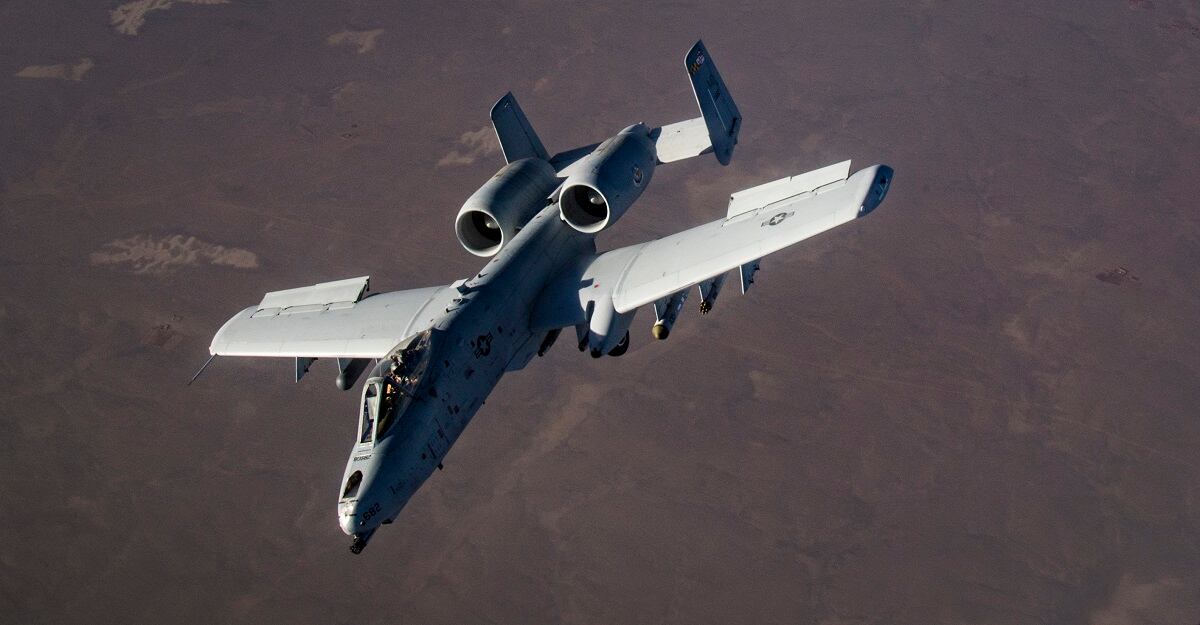
Continued focus on Afghanistan
While the Air Force has all but stopped airstrikes in Syria, it’s dropping more weapons than it has in years in Afghanistan.
According to October statistics released by AFCENT, the coalition released 6,208 weapons as part of the mission in Afghanistan in the first 10 months of 2019. That places the coalition well on its way to surpassing the 7,362 weapons released during all of 2018, which itself was the highest since at least 2013. The number of bombs dropped has increased steadily, year over year, since 2015, when 947 weapons were released.
That increased pace is likely to continue in 2020, Venable said.
The withdrawal of U.S. troops from ground operations in Afghanistan is a primary reason for that increase, Venable said. Without Americans on the ground striking targets, he said, the military naturally falls back on airpower.
James believes one reason for the increased pace of operations is that the coalition is receiving better intelligence on potential targets to be hit. This contributes to better “deliberate targeting,” she said, where the military plans in advance to strike targets.
With Afghan army and police units leading the fight against the Taliban, James said, the Air Force has been providing close-air support for them.
But the U.S. is also bombing the Taliban because it wants to have the upper hand in peace negotiations and is keeping the pressure up on them, she said.
Riordan declined to comment on the pace of future operations in Afghanistan.
“At the end of the day, it’s not about the number of operations,” Riordan said. “The overall strategy is to create the conditions for a negotiated political settlement among Afghans and to protect the U.S. homeland by denying terrorists a safe haven.”
While the mission and assets involved in CENTCOM may be shifting, James said, she doesn’t see the Air Force getting a break anytime soon.
“All of these terror-related incidents will keep the U.S. Air Force, I think, quite busy,” she said.
Stephen Losey is the air warfare reporter for Defense News. He previously covered leadership and personnel issues at Air Force Times, and the Pentagon, special operations and air warfare at Military.com. He has traveled to the Middle East to cover U.S. Air Force operations.

